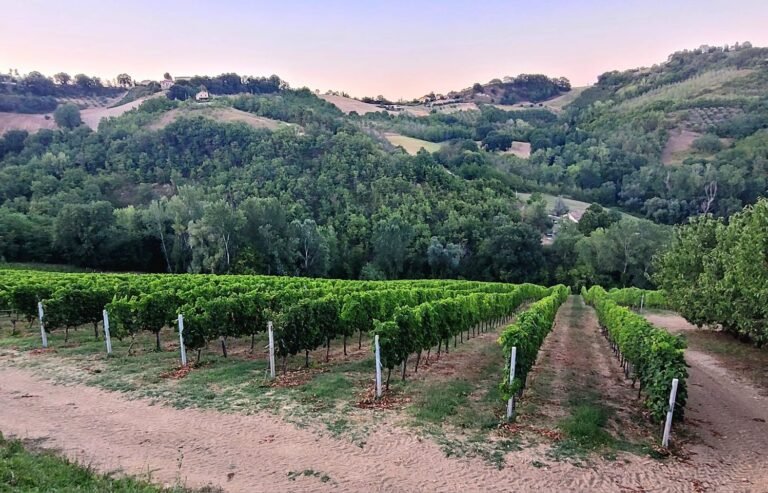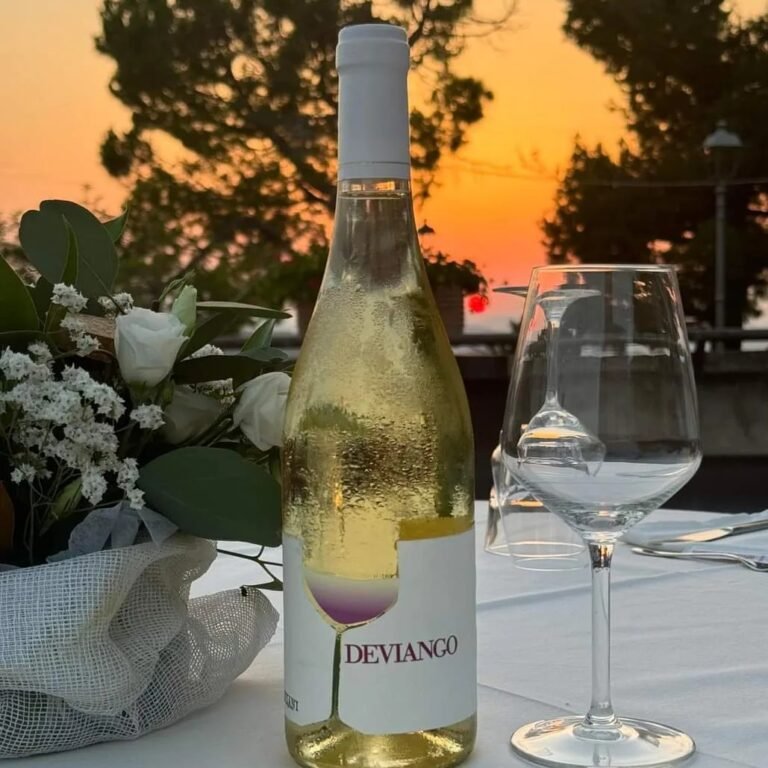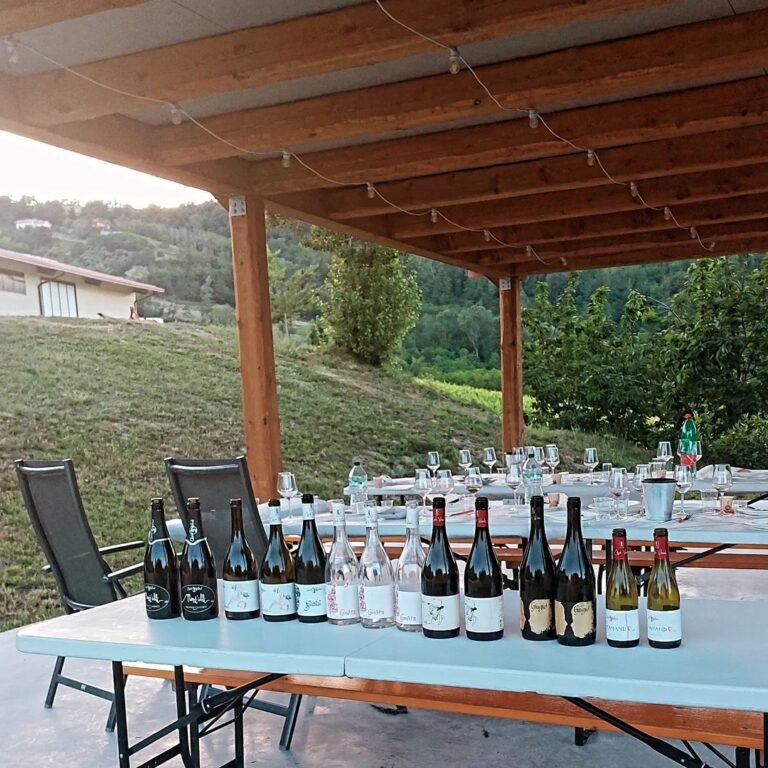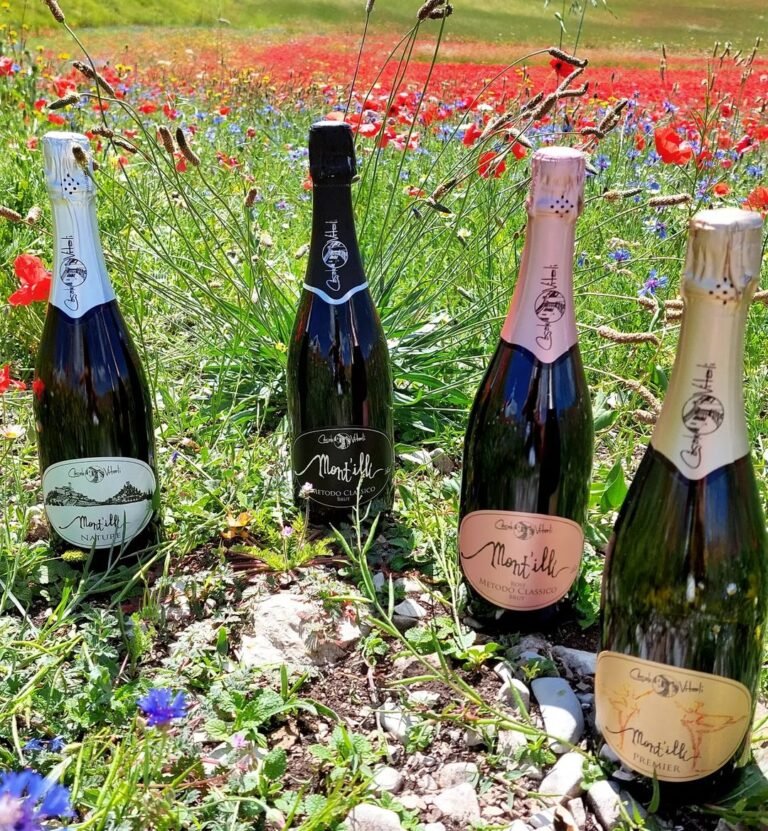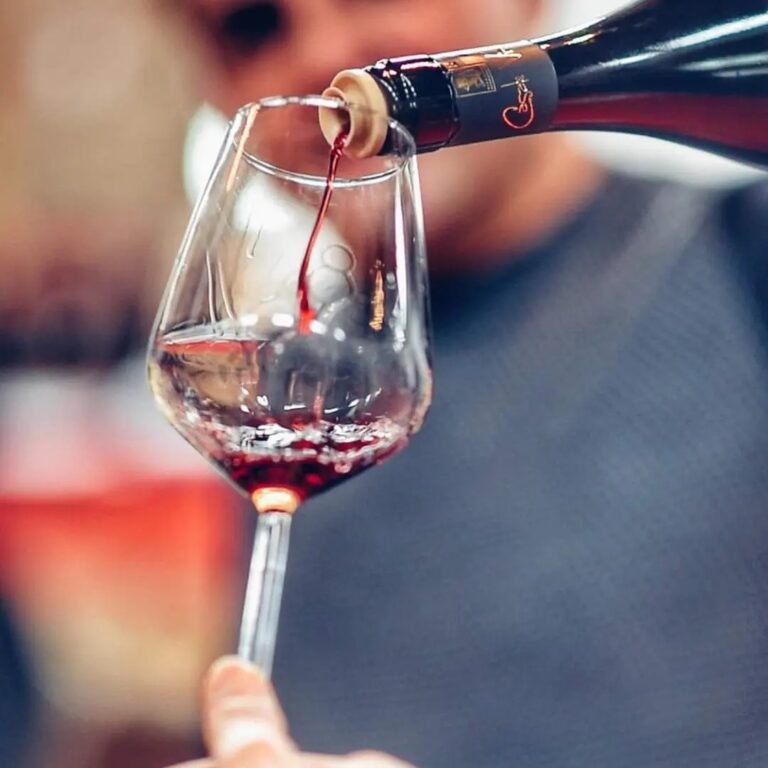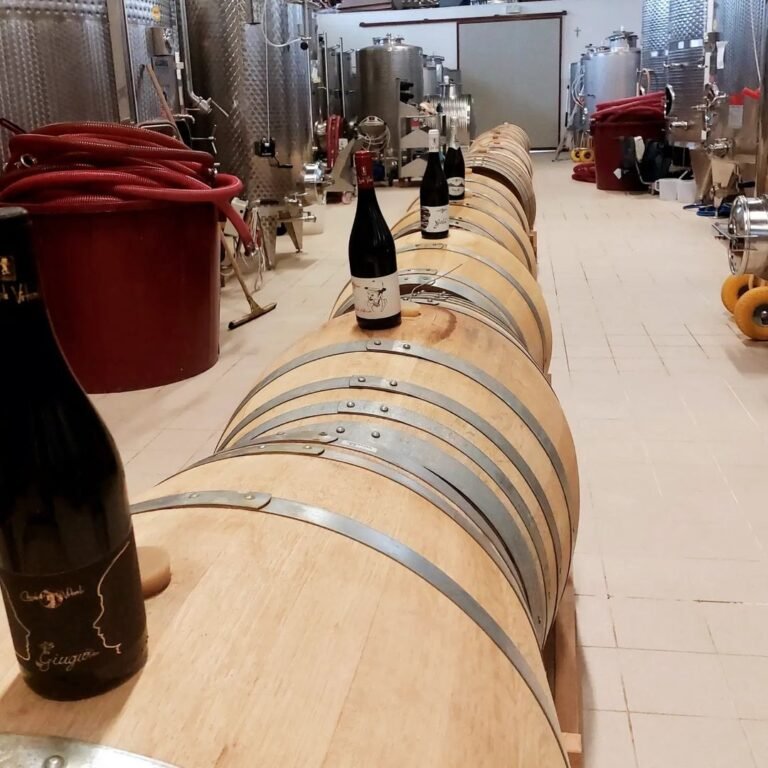PROFILE
The Casale Vitali farm was born in 1968.
Particular attention is paid to the processing in the cellar, because getting from a quality grape to a quality wine is not so simple and obvious. The production process is meticulously followed from harvesting to bottling: Soft pressing, use only flower must, fermentations at controlled temperature, and then maturation sur le lies for several months, the yeasts that are natural antioxidants and allow the use of few sulfites in the wine subsequently; Bottling entirely made in the company, such as the preparation of the sparkling wine base which is then fermented with the traditional method in the bottle and finally the supply chain is unhed by hand.
Our vineyards cover an area of about 20 hectares and are located in the municipalities of Montelparo (in the towns of Celestiale, Santa Maria and Cortaglie) and Monterinaldo (in the locality of Cuma). The average altitude ranges from 300 mt to 450 mt above sea level, with medium-passure soils tending to clayey, rich in micro and macro elements, very fertile and with the peculiarity of retaining water and maintaining freshness even in the dry seasons, thus managing to complete the maturation without problems and giving the grapes the right acidity making the wines very long-lived. We also practice innerbiment thus allowing the formation of a microflora and microfauna that favors our agriculture with low environmental impact.
Another peculiarity is the climate: Montelparo is located halfway between the sea and the mountain, about 30 kilometers between the two, so the vineyards are well ventilated and at the same time subject to a good temperature range favoring the right polyphenolic and thiolic maturation which translates into the explosion of all the varietal aromas of the grapes. Grapes that are mainly the native Pecorino, Passerina, Sangiovese and Montepulciano that having very different characteristics are planted in different areas: Pecorino and Passerina are in the soils exposed to the North, North-East, while the red Montepulciano and Sangiovese in those exposed to the South, South-East.
Over time we have studied the ripening curves of the different varieties and we have seen that the Sangiovese in Montelparo behaves differently than in other areas of the region: the buds are not all formed at the same time. This means that in the same plant the grapes have two different ripening points. We wanted to make the most of this peculiarity by harvesting in two different moments: this is how the white vinification of the Sangiovese was born, first experimented in the Mont’illì classic method and then in a still wine, Deviango. We have also followed the difficult maturation of Montepulciano which needs good maturation to then have structural wines and so we have experimented with the technique of withering, which we find in the Giugiò reserve and in the T’amando passito.
MAP
Sorry, no records were found. Please adjust your search criteria and try again.
Sorry, unable to load the Maps API.











